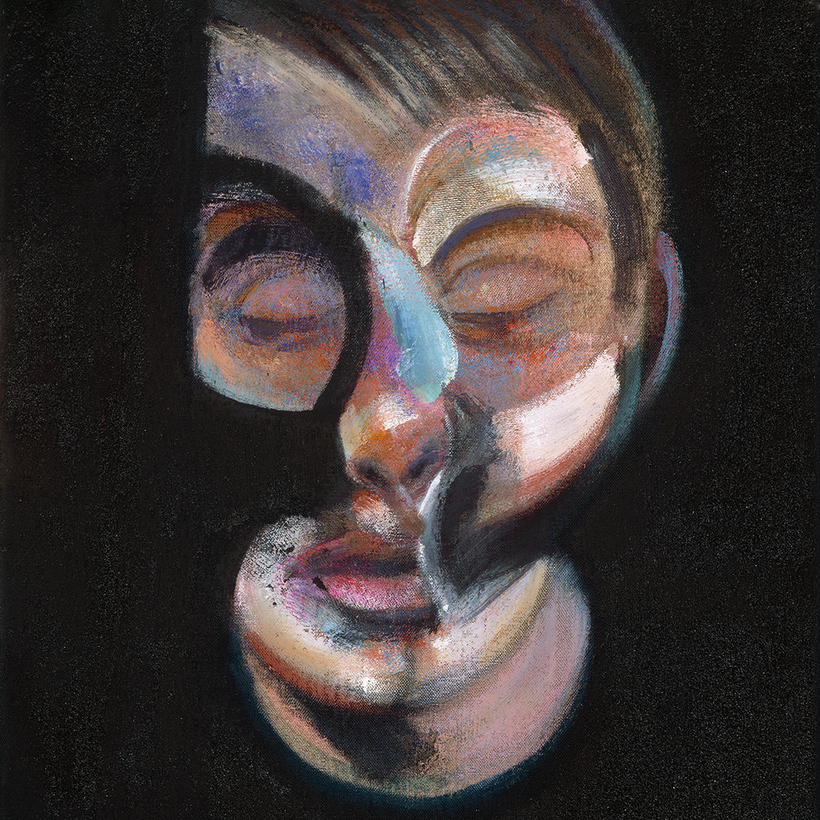In the spring of 1949, the stylish wife of the press lord Esmond Cecil Harmsworth, second Viscount Rothermere, gave a sumptuous ball that conceded nothing to the austerity of postwar London. The men came in white-tie; the women wore the family jewels; the Queen Mother was there. So was the royal of the moment, Princess Margaret, who smoked cigarettes and palled around with friends the tabloids called the “Smarties.” The ball promised to end with a flourish when the princess, giddy with champagne and urged on by the Smarties, took the mike from Noël Coward. “All the guests who had been waltzing under the vast chandeliers instantly stopped dancing,” said one party-goer. “They stood like Buckingham Palace sentries called to attention in order to watch the royal performance.”
The princess began to sing, wobbling off-key. She could not deliver quite the right slink despite some wriggling. But the fawning guests nonetheless “shouted and they roared, and they asked for more.” The pleased princess was just settling into “Let’s Do It” when there welled up from the belly of the crowd a ghastly hiss, a jeer, “a prolonged and thunderous booing.” The band sawed to a stop. The princess reddened and rushed from the room, with several flustered ladies-in-waiting following.
It was that appalling Francis Bacon, some guests muttered, standing with the no-less-appalling Lucian Freud. Some dismissed Bacon as a drunk—and he was, indeed, drunk. Others, said Freud, became “extraordinarily angry.” But there were a few who found the artist’s music-hall boos thrilling—a rush of night air into England’s stuffy room.
There welled up from the belly of the crowd a ghastly hiss, a jeer, “a prolonged and thunderous booing.” The princess reddened and rushed from the room.
One who was especially thrilled was Caroline Blackwood, a debutante of the year (and soon to be Freud’s second wife). Blackwood—the daughter of a marriage between two of Anglo-Ireland’s great families, the Blackwoods and the Guinnesses—was a golden-haired “Alice-in-Wonderland” beauty, as her third husband, the poet Robert Lowell, described her.
But Blackwood already had a well-developed rebellious streak, and she detested the debutante season that had been thrust upon her, with all of its attendant balls. She was enthralled with Bacon’s thumbing of the nose:
“Who did that?” I asked the nearest white-tied and black-tailed man who happened to be standing next to me. His face was already red but rage made it look apoplectic. “It was that dreadful man, Francis Bacon,” he said. “He calls himself a painter but he does the most frightful paintings. I just don’t understand how a creature like him was allowed to get in here. It’s really quite disgraceful.”
Bacon had actually been invited, as it turned out, not by Lady Rothermere herself but by Freud, who was part of her circle. Lady Rothermere, who would later marry Ian Fleming and, as Ann Fleming, continue as one of the reigning hostesses of London, liked to season the parties she threw at Warwick House, the Rothermeres’ London mansion, with writers and artists. Politicians often had no conversation apart from politics, she found, and the wellborn could be dull as dust.
Lady Rothermere found Bacon’s behavior shocking but also delightfully wicked. “She had the money, the style and the energy to brighten the drabness that had descended on London, and set about doing so,” wrote Mark Amory, longtime literary editor of The Spectator. And a bad boy or two was always useful: a good party generated gossip. Although he was already known to the London art world, Bacon, at this party, began to break into the larger English conversation of the postwar period. He was not just a figurative painter—he was a figure.
Mark Stevens and Annalyn Swan are the authors of De Kooning: An American Master

